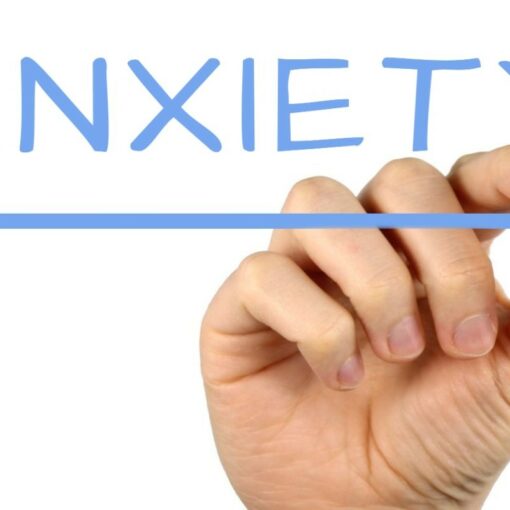Juneteenth
Juneteenth is a federal holiday in the United States. It is celebrated annually on June 19 to commemorate the ending of slavery in the United States. The holiday’s name, first used in the 1890s, is a portmanteau of the words “June” and “nineteenth”, referring to June 19, 1865, the day when Major General Gordon Granger ordered the final enforcement of the Emancipation Proclamation in Texas at the end of the American Civil War.[8][9] In the Civil War period, slavery came to an end in various areas of the United States at different times. Many enslaved Southerners escaped, demanded wages, stopped work, or took up arms against the Confederacy of slave states. In January 1865, Congress finally proposed the Thirteenth Amendment to the United States Constitution for national abolition of slavery. By June 1865, almost all enslaved were freed by the victorious Union Army, or abolition laws in some of the remaining U.S. states. When the national abolition amendment was ratified in December, the remaining enslaved in Delaware and in Kentucky were freed.
Early celebrations date back to 1866, at first involving church-centered community gatherings in Texas. They spread across the South among newly freed African American slaves and their descendants and became more commercialized in the 1920s and 1930s, often centering on a food festival. Participants in the Great Migration brought these celebrations to the rest of the country. During the Civil Rights Movement of the 1960s, these celebrations were eclipsed by the nonviolent determination to achieve civil rights, but grew in popularity again in the 1970s with a focus on African-American freedom and African-American arts. Beginning with Texas by proclamation in 1938, and by legislation in 1979, every U.S. state and the District of Columbia has formally recognized the holiday in some way.
Juneteenth is also celebrated by the Mascogos, descendants of Black Seminoles who escaped from slavery in 1852 and settled in Coahuila, Mexico.[10]
The day was recognized as a federal holiday in 2021, when the 117th U.S. Congress enacted and President Joe Biden signed the Juneteenth National Independence Day Act into law. Juneteenth became the first new federal holiday since Martin Luther King Jr. Day was adopted in 1983.[11]




